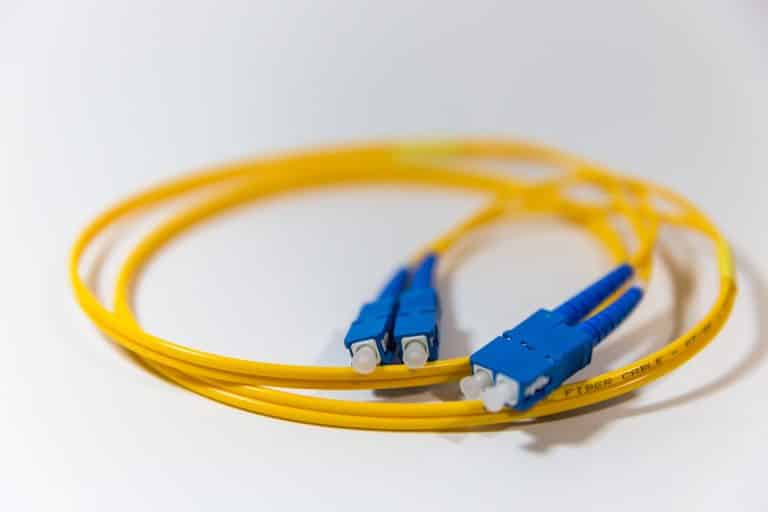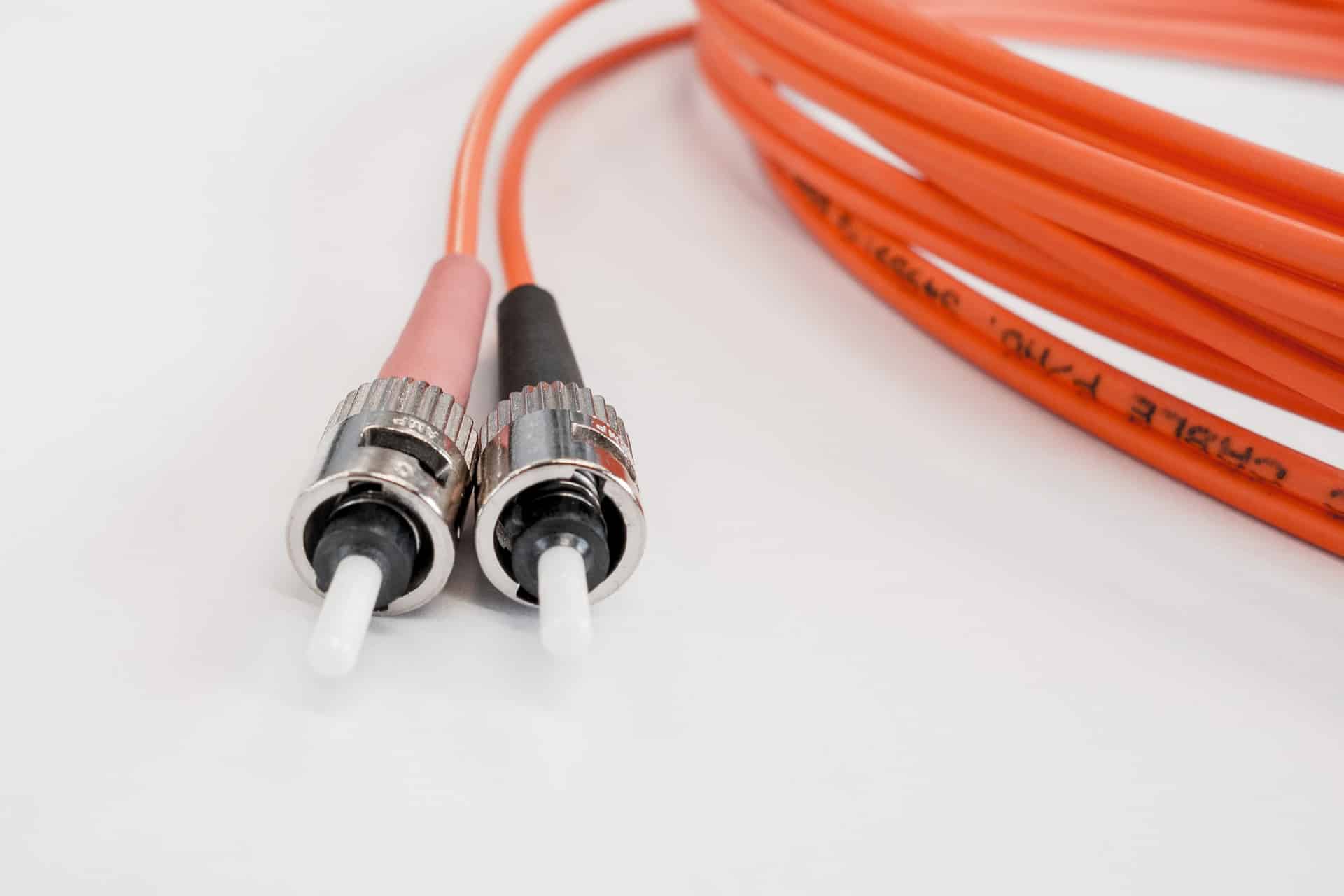Fiber optics, often known as optical fiber, refers to the medium and technique connected with the transfer of information in the form of light pulses through a glass or plastic strand as well as fiber, as distinct to other transmission methods. When it comes to long-distance and high-performance data networking, fiber optics is the dominant technique.
Additionally, fiber optics is widely utilized in communications services, such as the internet, television, and telephones. Fiber optics are used by companies such as Verizon and Google in their respective Verizon FIOS and Google Fiber services, which provide subscribers with gigabit internet speeds.
There are a variety of advantages to using fiber-optic cables over copper cables and other types of cables, notably better bandwidth and transmit speeds.
A fiber optic cable can contain anything from a few to a couple hundred of these glass fibers, depending on the length of the cable. Another glass layer, referred to as cladding, is placed on top of the glass fiber core. The cladding is protected by a layer known as a buffer tube, and the final protective layer for each strand is provided by a layer known as a jacket layer.
Functioning of Fiber Optics:
Data is transmitted across fiber optic cables as light particles (or photons), which pulse back and forth in the cable’s fiber optic core. The refractive index of the glass fiber core and the cladding differ from one another, causing incoming light to be bent at a specific angle.
Total internal reflection is the method by which light signals are reflected off the core and cladding of a fiber optic cable in a sequence of zig-zag bounces, adhering to the principles of total internal reflection.
Because of the denser glass layers, the light signals do not move at the speed of light, but rather at a pace that is approximately 30% slower than the speed of light. It is sometimes necessary to use repeaters at various points along the path of a fiber optic signal to renew or boost the signal throughout its path.
Repeaters regenerate the optical signal by converting it to an electrical signal, processing that electrical signal, and retransmitting it as an optical signal.
Fiber optic cables are becoming increasingly capable of carrying 10-gigabit-per-second signals. Generally speaking, the higher the bandwidth capacity of an optical fiber, the more expensive the cable is to install.
What are the types of Fiber optic cable?
Fiber optic cable is generally classified into two categories:
- Multimode fiber
- Single-mode fiber.
A smaller diameter of the glass fiber core allows the single-mode fiber to be utilized over greater distances than multimode fiber, which reduces the probability of attenuation (the loss in signal intensity) from occurring.
The smaller gap concentrates the light into a single beam, which provides a more direct path for the signal and allows it to travel a greater length of distance.
Single-mode fiber also has a far larger bandwidth than multimode fiber, which is another advantage.
In most cases, a laser is employed as the light source for single-mode fiber transmission. Single-mode fiber is typically more expensive than multimode fiber because it requires more exact calculations to produce laser light in a smaller hole.
Multimode fiber is employed for shorter distances due to the bigger core aperture, which enables light signals to bounce and reflect more throughout the fiber’s length.
Because of the bigger diameter, numerous light pulses can be sent through the wire at the same time, resulting in increased data transmission capacity.
However, this also means that there is a greater likelihood of signal loss, decrease, or interference. In most cases, an LED is used to generate the light pulse in multimode fiber optics.
However, fiber optics has risen in popularity as an alternative to copper wire cables, which had long been the standard for communications, networking, and cable connections until now.
The vast majority of long-distance telephone lines are now constructed of optical fiber, rather than copper wire.
Because of its increased bandwidth and faster speeds, optical fiber can carry significantly more information than typical copper wire.
Fiber optics is less susceptible to electromagnetic interference than other types of transmission because glass does not carry electricity. Consequently, signal losses are reduced.
The following are some of the advantages of using optical fiber:
- The bandwidth of fiber optic cables is greater than that of copper cables.
- There is less power loss, which allows for greater data transmission ranges.
- The electromagnetic interference resistance of the optical cable is excellent.
- Because of their smaller size, fiber cables outperform copper lines by a factor of 4.5.
- When compared to metal wires, these cables are lighter, thinner, and take up less space on the shelf.
- Because of the lower weight, installation is relatively simple.
- Because optical fiber cables do not emit electromagnetic radiation, it is extremely difficult to tap into one of them. When it comes to carrying or transmitting data, these cables are quite secure.
- A fiber optic cable is extremely flexible, bends quickly, and is resistant to the majority of acidic elements that come into contact with copper wire.
The following are some of the disadvantages of using optical fiber:
- In addition, the optical fiber cables are difficult to merge, and there will be a loss of beam within the cable as a result of the scattering process.
- The installation of these cables is a cost-effective solution. They are not as durable as wires, for example. Optical fiber testing frequently necessitates the use of specialized equipment.
- Fiber optic cables are small and highly sensitive, making them vulnerable to confined spaces.
- Compared to copper wires, these cables are more sensitive.
- To ensure the proper transmission of fiber cable, special devices must be used.


